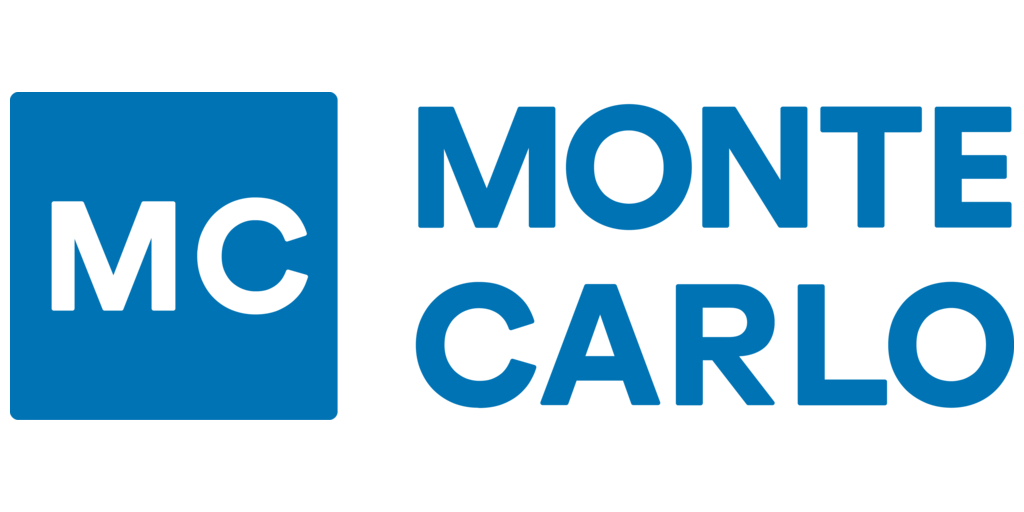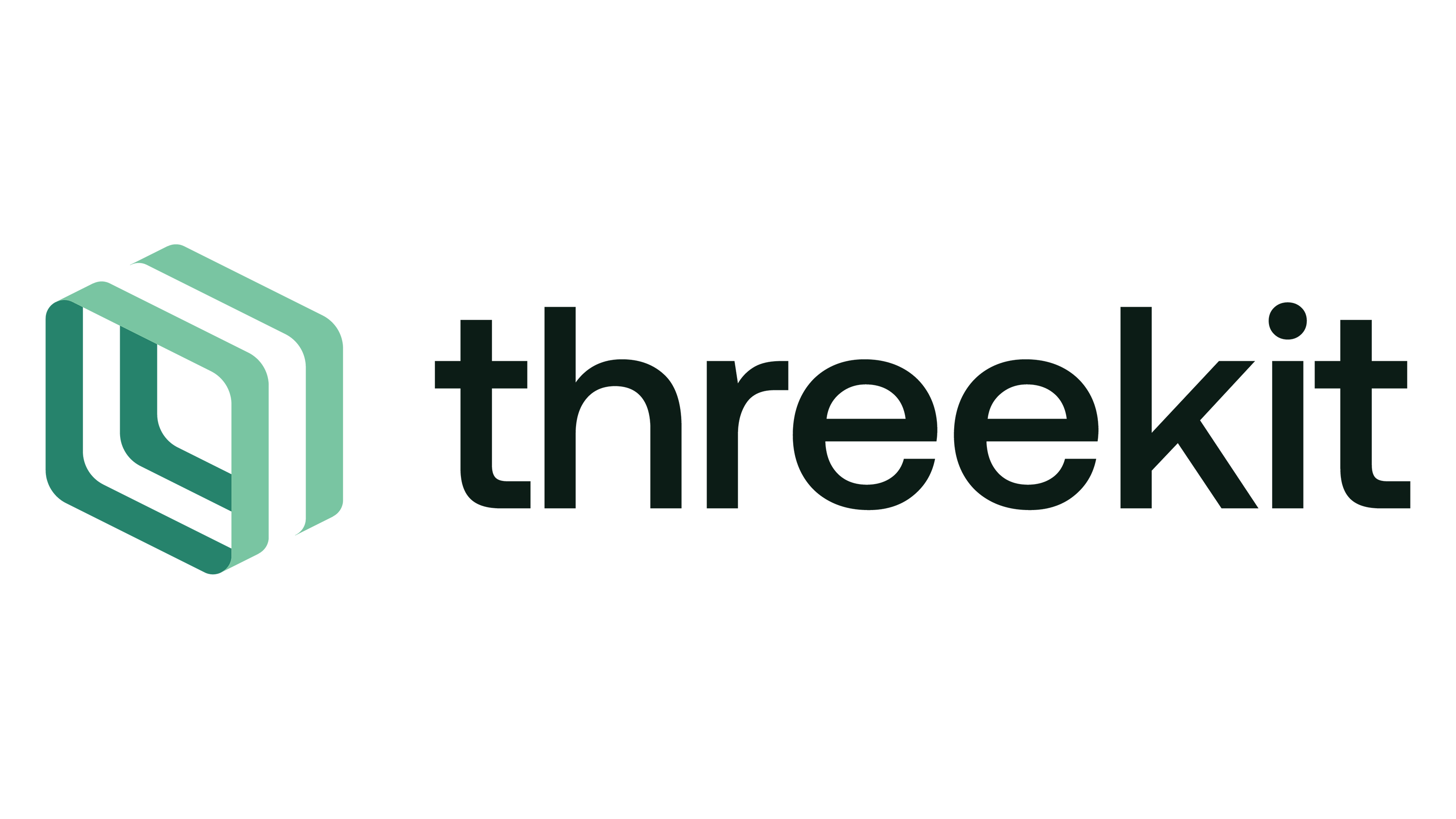Immediate Answers
Get instant answers to complex product and process questions with expert-level accuracy.
Click each card to see how traditional AI tools and Ava handle the critical phases of every sales interaction.
First meeting with a potential enterprise customer to understand their needs and challenges.


Preparation Phase

Preparation Phase
.png)

Live Call Phase

Live Call Phase


Follow-up Phase

Follow-up Phase

Weekly deal review to assess pipeline health, forecast accuracy, and coaching opportunities.

Deal Review Support

Deal Review Support

Technical solution planning, demo preparation, and competitive positioning for complex deals.

Technical Support

Technical Support
Post-sale handoff to ensure seamless onboarding, implementation success, and account growth.


Handoff Support

Handoff Support
AI That Wins
From researching accounts to tracking stakeholders, recapping conversations, and prepping next steps—your reps need to spend hours doing the work to move deals forward. Vivun's AI Sales Agent handles it all behind the scenes, so your team can stay focused on selling with the consistency and quality you crave across your team.
Get instant answers to complex product and process questions with expert-level accuracy.
Generate personalized outreach, follow-ups, and recap emails based on activities and buyer signals to communicate clearly and consistently.
Walk into every meeting prepared, with tailored talking points, competitive context, and deal history to engage with confidence and close faster.
Receive real-time guidance and recommendations before and after calls to improve performance without waiting for manager reviews.
Contextualize calls to stay aligned with buyers and keep momentum without rewatching recordings or writing notes.
Ava helps you respond to RFPs faster and smarter—without bottlenecks, rewrites, or missed deadlines.
See It In Action
From eliminating tool toggling to automating deal reviews, see how Ava handles the work between meetings so your team can focus on selling.
Meet Ava, your new AI sales agent. See how she introduces herself and begins transforming your sales process from day one.
Understand the measurable impact Ava delivers—faster deal cycles, higher win rates, and significant time savings for your sales team.
See how Ava provides personalized coaching insights and helps you prepare for every call with relevant context and winning strategies.

AI-EMPOWERED SELLING
Ava becomes your most knowledgeable teammate on day one: transforming your process from first call to closed-won.




You know how to win a deal. But you're buried in research, call summaries, RFPs, solution docs, and follow-ups. Ava gets that work done for you—automatically—so you can move faster and stay ahead.
Follow Sarah, an Enterprise AE, through a high-stakes day with three major deals on the line. See how Ava transforms not just her productivity, but her confidence, energy, and peace of mind.
Sarah opens her laptop with that familiar knot in her stomach...
Sarah opens her laptop with that familiar knot in her stomach. Three big calls today. The Morrison deal, the tech evaluation with DataFlow, and a contract negotiation that could make her quarter.
The CTO drops a bomb: "We're also looking at CloudTech and Oracle..."
Five minutes into the Morrison discovery call, the CTO drops a bomb: "We're also looking at CloudTech and enterprise solutions from Oracle. How do you compare?" Sarah's heart races.
Usually frantic note-taking and prepping. Instead, Sarah smiles...
Sarah grabs a quick coffee between calls. Usually, this time would be spent frantically trying to capture notes, update CRM, and prep for the next meeting. Instead, she checks her phone and smiles.
Technical questions about API rate limits are way beyond Sarah's scope...
The DataFlow demo is going well until their Head of Engineering asks about API rate limits and data residency compliance. Sarah realizes these technical questions are way beyond her usual scope.
The CFO pushes hard: "We need a 30% reduction or we're walking away."
The contract negotiation for TechCorp. The CFO joined unexpectedly and is pushing hard on price. "We need a 30% reduction or we're walking away." Sarah's quarter depends on this deal.
All three deals progressed. Morrison to technical evaluation, DataFlow wants a proposal...
Sarah's packing up to head home. All three deals progressed today. Morrison is moving to technical evaluation, DataFlow wants a proposal, and TechCorp agreed to terms at full price.
Working with Ava isn't just about getting more done. It's about transforming how you feel about your work.
No more walking into calls unprepared. Ava ensures you're always the most informed person in the room.
When the admin work disappears, you rediscover why you love selling.
You're never alone in a difficult moment. Ava has your back with insights and strategic guidance.
Win more deals with less effort. Feel proud of your work instead of overwhelmed by it.
Join Fortune 500 companies and rapidly growing startups using Ava to transform how they win deals.

The Game Changed. Make Your Move.
Top teams already have Ava.
Their reps close faster, prep smarter, and never lose deals to speed.
Trusted by Innovative Sales Teams




Join the teams winning faster • See what you're missing •